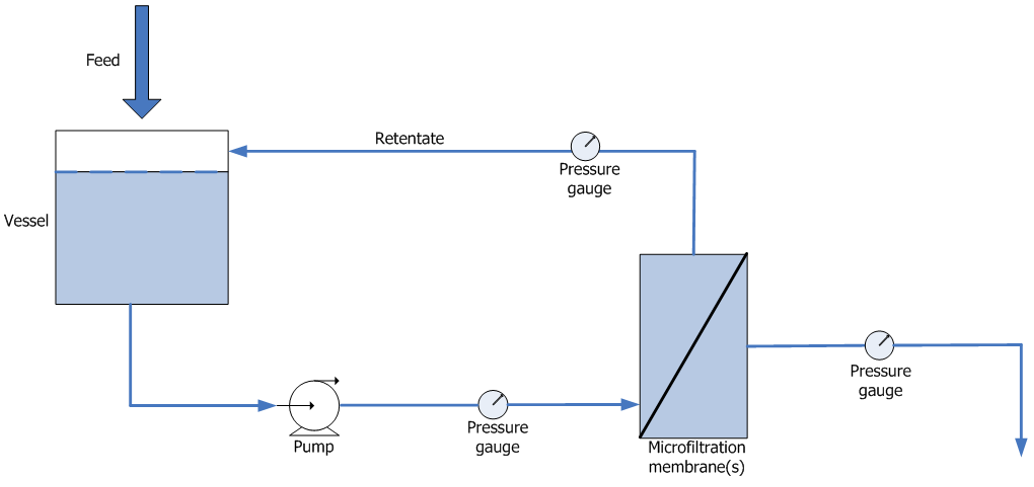Ultracentrifugation and Microfiltration based Exosome Purification Service
Overview Services Features FAQs
Overview
Exosomes are 30-150 nm tiny vesicles that are available to isolate and purify from plasma and other body fluids and regarded as the useful biomarker for therapeutic and diagnostic application. With years of experiences in exosome preparation, Creative Biolabs provides high-quality exosome purification services by using ultracentrifugation and microfiltration from both plasma and other body fluids with decreased co-purification of non-exosomal blood proteins, thus increasing the purification and integrity of exosomes.
Services
Ultracentrifugation Service
Ultracentrifugation method isolates exosomes from other sample components based on their differential sedimentation rates, which is primarily affected by size and density. Although ultracentrifugation is a tedious and difficult process, it is still the most typical approach for exosome isolation/purification, considered as the “gold standard” method. Traditional separation of exosomes from cell culture media and body fluids is typically based on ultracentrifugation in combination with sucrose density gradients or sucrose cushions. The relatively low-density exosomes can be purified from other vesicles and particles. In general, there are three main steps for the separation of exosomes by ultracentrifugation method:
-
First, pellet cellular debris under slow (300×g) centrifugation speed.
-
Second, pellet larger vesicles (apoptotic bodies and some larger microvesicles) at a faster (1,000-20,000×g) centrifugation speed.
-
Finally, small vesicles (exosomes and smaller microvesicles) can then be pelleted under a very high-speed (100,000×g) centrifugation.
 Fig.1 Schematic representation of differential ultracentrifugation-based exosome isolation.1,2
Fig.1 Schematic representation of differential ultracentrifugation-based exosome isolation.1,2
Microfiltration Service
Microfiltration is a type of physical filtration process where a contaminated fluid passes through a special pore-sized membrane to separate microorganisms and suspended particles from process liquid. It is commonly used in conjunction with ultracentrifugation instead of first and second spins of regular differential centrifugation protocol to provide a product stream which is free of undesired contaminants. In the process of exosomes purification, microfiltration isolation method utilizes hydrophilized polyvinylidene difluoride membrane to easily purify exosomes from various samples. This technology can reduce co-purification of abundant non-exosomal proteins and increase the purification and integrity of exosomes.
 Fig.2 Overall setup for a microfiltration system.3
Fig.2 Overall setup for a microfiltration system.3
Features
-
State-of-art technology platform
-
Experienced and professional technical team
-
Best after-sale service
-
High yield and low consumption
-
Relatively integrated exosomes
High-purity and intact exosomes will contribute to your downstream analyses, including more accurate quantification of vesicles and proteomic characterization. Creative biolabs' skilled experts can help global customers to isolate and purify exosomes from various body fluids based on the advanced ultracentrifugation and microfiltration platform. If you have any demands in exosome preparation, please don't hesitate to contact us for more information.
FAQs
Q: What are the advantages of the ultracentrifugation and ultrafiltration purification services?
A: Our services utilize advanced techniques to efficiently extract exosomes from complex biological samples. These purified exosomes exhibit higher purity and stability, making them suitable for various biological research and applications.
Q: How soon will I receive the purified exosome samples?
A: We will process and return your samples as soon as possible. The processing time depends on the quantity and complexity of the samples, and we strive to complete the purification process in the shortest time possible.
References
-
Yang, D.; et al. Progress, opportunity, and perspective on exosome isolation-efforts for efficient exosome-based theranostics. Theranostics. 2020, 10(8):3684-3707.
-
Distributed under Open Access license CC BY 4.0, without modification.
-
From Wikipedia: By DryMartini99, CC BY-SA 3.0, https://commons.wikimedia.org/w/index.php?curid=115601126
For Research Use Only. Cannot be used by patients.
Related Services:

 Fig.1 Schematic representation of differential ultracentrifugation-based exosome isolation.1,2
Fig.1 Schematic representation of differential ultracentrifugation-based exosome isolation.1,2
 Fig.2 Overall setup for a microfiltration system.3
Fig.2 Overall setup for a microfiltration system.3









